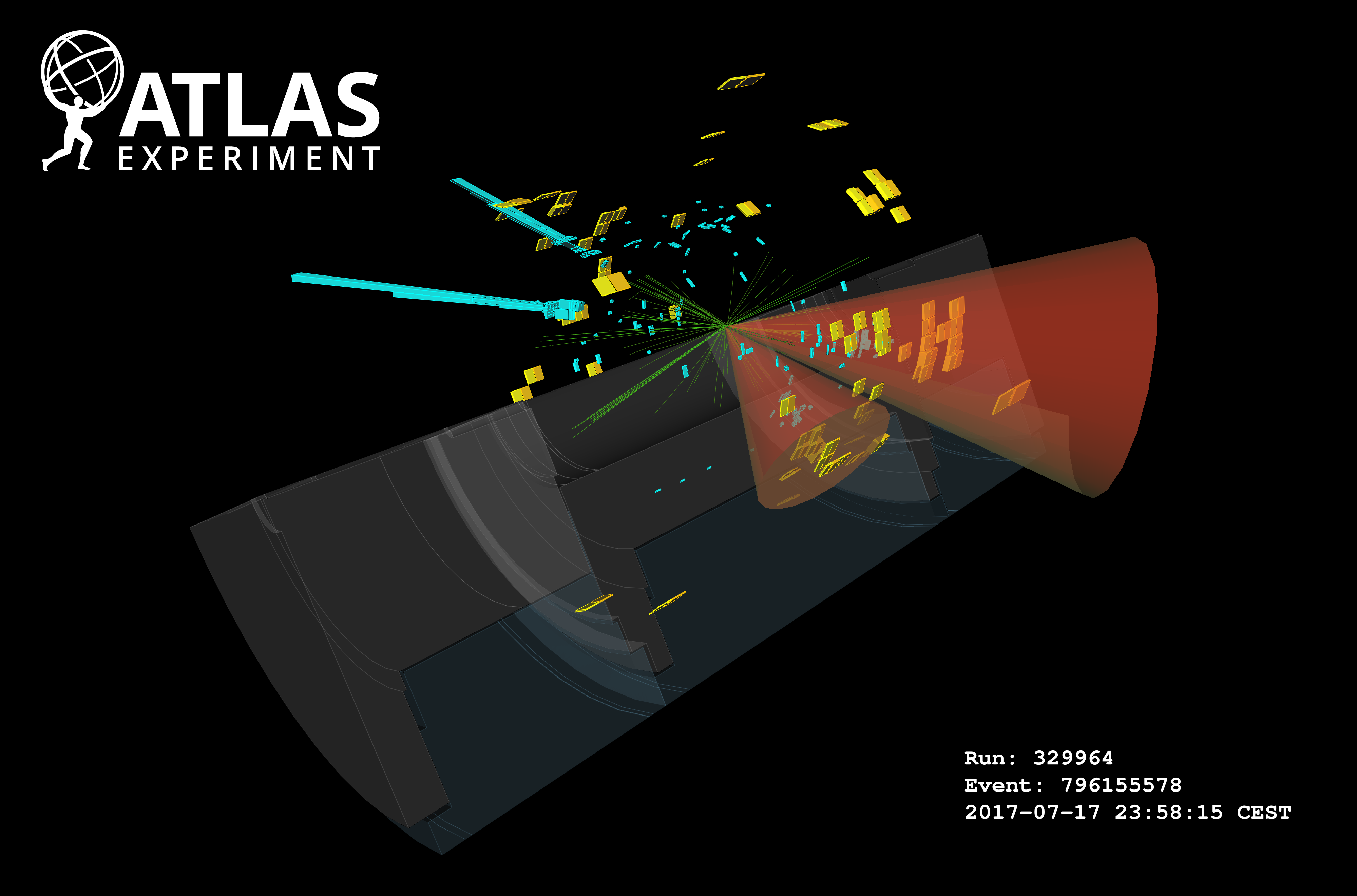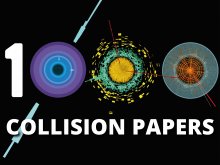ATLAS celebrates its 1000th publication!
On June 18, 2021, the ATLAS collaboration submitted for publication its 1000th article based collision data from the Large Hadron Collider (LHC) [1].
It has been more than ten years since the LHC began colliding beams of particles at record energies. During that time, it produced the largest amount of physical data ever accumulated by a particle collider. All of this information is being explored by ATLAS physicists. The 1000 articles published by ATLAS are the result of real teamwork within the collaboration of which LAPP researchers are part.
“The ATLAS Collaboration is made up of over 5000 worldwide members with diverse backgrounds, including 1200 PhD students and almost 3000 scientific authors,” says Andreas Hoecker, ATLAS Spokesperson. “It is through their efforts that the Collaboration has been able to fully exploit the potential of the ATLAS detector and bring these critical results to publication. Moreover, none of this would have been possible without the exceptional performance of the LHC and CERN’s accelerator complex, relying on the imagination and professionalism of highly trained accelerator physicists, engineers and technicians.” [2]
Within ATLAS, the LAPP teams are involved in three major research themes: Standard Model physics, the study of the Higgs boson and the research of New Physics.
One of ATLAS’s best-known results is the discovery of the Higgs boson. When ATLAS began recording LHC collisions in 2009, the existence of the Higgs boson was unknown – and with it, the entire framework for giving mass to elementary particles was unconfirmed. The Higgs boson was finally discovered by the ATLAS and CMS collaborations in 2012 [3] and its study is now the subject of a whole new area of research in particle physics. The LAPP ATLAS group has long been involved in the research and study of the Higgs boson in its two-photon decay channel [4], as well as the search for the simultaneous production of two Higgs bosons [5].

The Higgs boson does not answer all the questions that arise about the Standard Model. Thus, the LAPP group is also studying interactions with several gauge bosons (W, Z, y), and in particular their scattering [6]. The observation of anormalities in these very rare processes would be a sign of new physics. Researchers at LAPP are also involved in researching new physics beyond the Standard Model, in dilepton or diphoton final states [7].
The first collision data publication in March 2010 [8] and the 999 publications which follow it are steps forward in our understanding of the Universe – and we plan to make further progress in the years to come, as LAPP ATLAS group continues its exploration with the LHC and prepares for its second phase: the high-luminosity LHC.

- https://twiki.cern.ch/twiki/bin/vie…
- https://atlas.cern/updates/news/100…
- https://www.sciencedirect.com/scien…
- https://lapp.in2p3.fr/spip.php?arti…
- https://lapp.in2p3.fr/spip.php?arti…
- https://lapp.in2p3.fr/spip.php?arti…
- https://lapp.in2p3.fr/spip.php?arti…
- https://atlas.web.cern.ch/Atlas/GRO…


